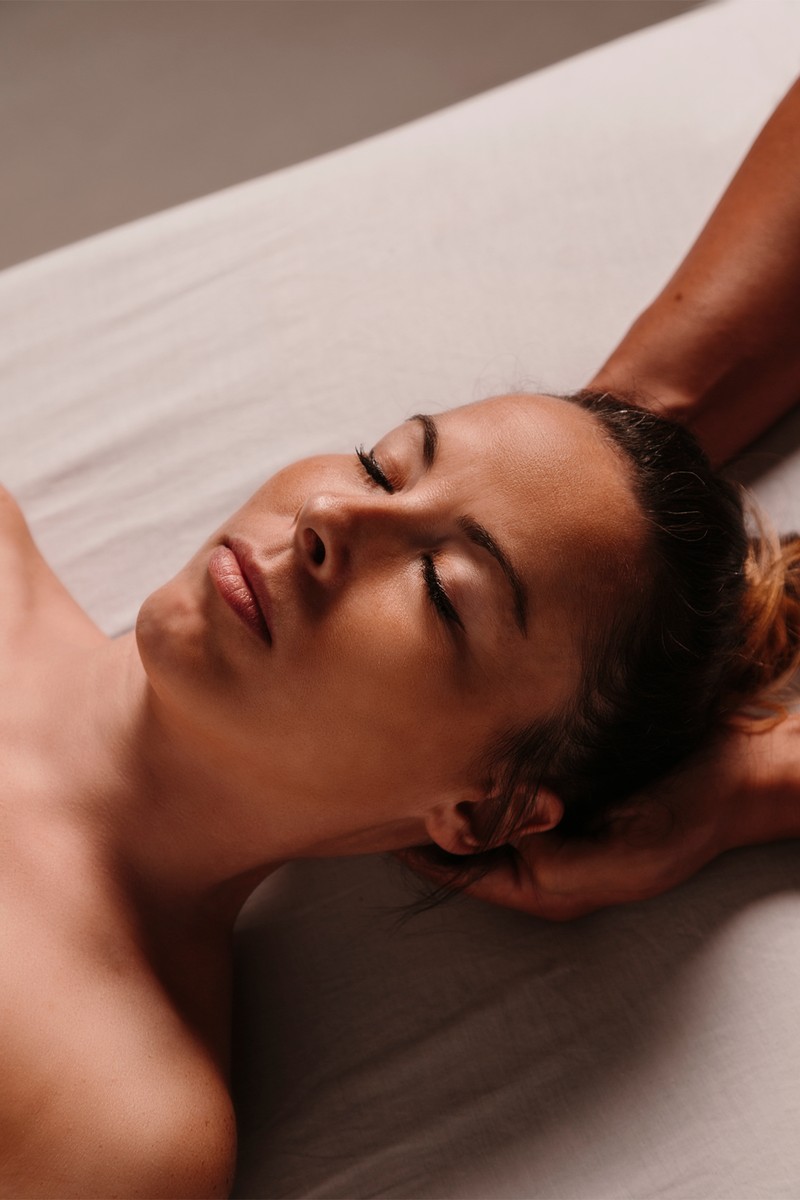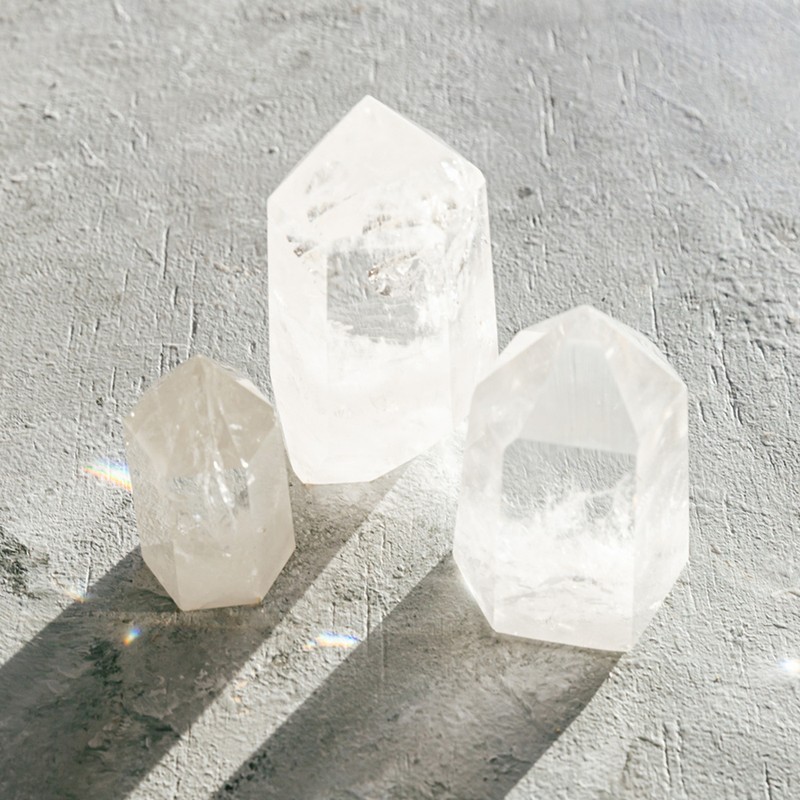Reiki 101: What It Is & Where To Try It
What Exactly Is Reiki?
“Reiki is a complementary therapy commonly referred to as energy healing. Created by a Japanese Buddhist named Mikao Usui over a hundred years ago, reiki is based on a simple spiritual practice – we’re all guided by the same invisible life force, which controls our physical, mental and emotional wellbeing. When this energy flows freely, we can tap into unknown reserves of power. However, when it becomes blocked (said to be caused by negative emotions, stress or unhealed trauma), we function at a suboptimal level. During a session, a practitioner will either place their hands directly on the client’s body or let them hover above the body in order to channel the energy through their hands. This allows any stuck or stagnant energy to release itself.” – Shaylini, reiki master practitioner & teacher
What Are The Benefits?
“Reiki can help with everything from physical conditions – including cancer, infertility, panic attacks, insomnia, cardiac issues and arthritis – to the negative effects of chemotherapy, as well as anxiety, headaches and migraines, stress and depression. Reiki works on four levels of our being: mentally, physically, emotionally and spiritually. Mentally, reiki works to restore your natural state of mental health and wellbeing, promoting deep relaxation, balance and a release of stress, anxiety and tension. It can also enhance learning, memory and mental clarity, and enable you to let go of negative thoughts, patterns, behaviours and attitudes. Emotionally, reiki can heal emotional wounds and traumatic experiences. By improving your capacity for empathy, it allows you to connect with people on a deeper level. Reiki also provides great relief during emotional distress, sorrow and grieving – it cleans and clears the emotions. Physically, it can alleviate pain and reduce inflammation, while spiritually, it promotes love, understanding and acceptance.” – Shaylini
Is There Any Science Behind It?
“There is some research, but not enough. There are some fascinating studies, led by Torsten Lange, founder and director of The Reiki Academy, that show the effect of reiki on water. The results are unbelievable – reiki appears to change the crystalline structure within water and the quality of drinking water improves significantly.” – Jasmin Harsono, reiki practitioner & founder of Emerald and Tiger
“When giving reiki, practitioners have been shown to emit electro-magnetic energy from their hands. The frequencies of the energy emitted vary from one moment to the next, but many appear to correspond to those that medical researchers have identified as being the optimum frequencies for stimulating the healing process in tissue, bones and other body parts.” – Alex Holbrook, founder of Otherness & head of wellbeing at The Other House

What Happens In A Treatment?
“Every session is bespoke, and every experience is unique. After a consultation, you will start lying on your back with your arms by your side. I start a session by sharing a guided meditation and breathing exercises to support and deepen you into the present moment, and to make sure you feel safe. It’s important to remember that it is your reiki energy, not mine. In a treatment, I share my reiki energy to help bring awareness to your own. It’s important to stay present and not think too much about an expected outcome. If you want it, I will provide guidance at the end of a session, but this is always provided in a way that helps you to feel clarity with how you’re feeling and empowered to use your wisdom and intuition.” – Jasmin
What Does It Feel Like?
“No two reiki sessions will be the same – your body will take what it needs in the present moment. Reiki can evoke tension, trauma and pain held in the body as well as help you to feel deeply connected to your body. This can manifest as feelings of warmth, cold, tingling, or a sense or relaxation or peacefulness. You may experience deep meditative states, recall memories, see visions and colours. Or perhaps you will experience temporary relief from physical, mental and emotional symptoms. At the same time, it’s important to know that a session may not be relaxing. If blockages are being cleared, you may feel tired and teary. Or, you may feel energised and transformed. You should stay in tune with your emotions in the coming days and weeks, too, as different experiences can also be felt post-treatment.” – Jasmin
What’s Distance Reiki?
“Distance reiki may seem far-fetched, but reiki flows the same, whether in person or at a distance. Reiki is always present within us. Just as the concept of radio waves couldn’t be fully understood or accepted until scientific evidence was provided, the same is now happening with reiki. Through scientific means of energy transmission, it’s becoming apparent that energy can transcend time and space. Distance healing can heal in wonderful ways, from helping to clear deep-rooted energy blocks to achieving peace and cleansing. During a distance session, I like to use the recipient’s photo or hold an image in my mind, and I have also found greater healing results when the recipient is aware I am sending reiki healing energy to them. The healing power of reiki through both distance and in-person healing is identical.” – Shaylini
How Quickly Will You See Results?
“You will likely feel the benefits of reiki after just one session, but four sessions are usually recommended to give you time to evaluate what benefits you are receiving. Reiki can enhance everyday living, and regular sessions may promote the development of a healthier, more resourceful state of being. According to results from a 2011 study, people who had reiki felt greater mood benefits compared to people who didn't have reiki. The study participants who had six 30-minute sessions over a period of two to eight weeks showed significant improvements in their mood.” – Alex
How Can You Find A Reputable Practitioner?
“A reiki practitioner should be trained to the second level, which is called ‘okuden’. The Complementary & Natural Healthcare Council (CNHC), Therapy Directory and Reiki Federation are all good directories to know.” – Jasmin
Finally – What Would Your Advice Be To Someone Who Is Sceptical About Reiki?
“Ultimately, a person is drawn towards reiki through an intuitive feeling. It’s very rare to have to persuade anyone to do reiki. However, for those who are curious but uncertain, try to keep an open mind and trust the process. There is now profound scientific research to explain how the energy and frequency of reiki works to heal the body.” – Shaylini
The Names To Know…
Shaylini
The Calmery
Jasmin Harsono
Katy Meade-King
Natali Kelly
Jennifer Wallis
For more information visit OtherHouse.com, EmeraldAndTiger.com &TheSacredSelf.co.uk.
DISCLAIMER: Features published by SheerLuxe are not intended to treat, diagnose, cure or prevent any disease. Always seek the advice of your GP or another qualified healthcare provider for any questions you have regarding a medical condition, and before undertaking any diet, exercise or other health-related programme.
DISCLAIMER: We endeavour to always credit the correct original source of every image we use. If you think a credit may be incorrect, please contact us at info@sheerluxe.com.


